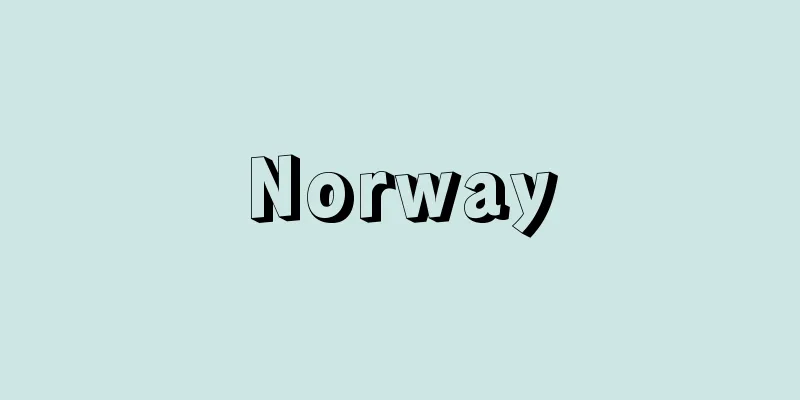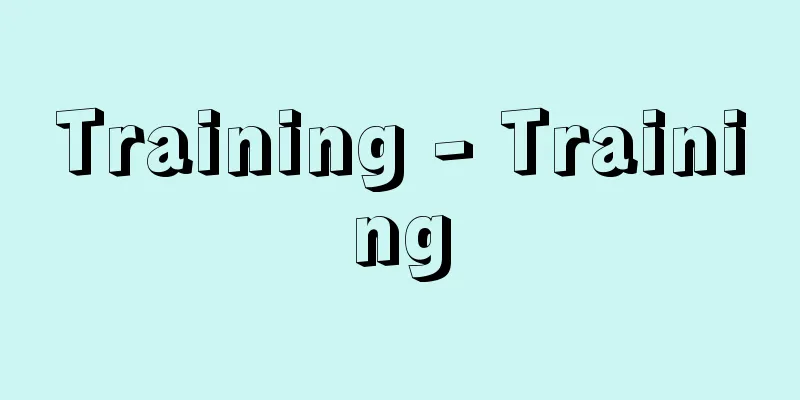Norway

|
...The possibility of the East Germanic tribes' active and rapid long-distance migration during the Great Migration was due in part to this historical background. In other words, from the historical perspective, the West Germanic tribes (Franken, Saxon, Friesen, Alamannen, Bavaria, Thuringer, etc.) who migrated southwest from the Germanic homeland very gradually and over a long period of time were fused with Roman civilization, while the North Germanic tribes (Dänen, Schweden, Norweger, etc.) were more likely to maintain their old Germanic traditions. The Great Migration [Masuda Shiro]. ... From [The Great Migration]...there were three groups: the East Germanic tribes who lived in the eastern part of Germany before the migration, the West Germanic tribes who lived in the western part of Germany, and the North Germanic tribes who lived in Scandinavia and Jutland. The East Germanic tribes include the East Goths, the West Goths, the Vandals, the Burgundians, and the Lombards. The West Germanic tribes include the Franks, the Saxons, the Friesens, the Alamanns, the Bavarians, and the Thuringians. The North Germanic tribes include the Danes, the Swedes, and the Norwegians. Of these, the North Germanic tribes migrated somewhat later than the first two, between the 8th and 11th centuries, under the name of Norman, to England, Ireland, Normandy, Iceland, and as far east as Kievan Rus, establishing states in each of these lands; therefore, this is usually referred to as the second migration. *Some of the terminology explanations that mention "Norweger" are listed below. Source | Heibonsha World Encyclopedia 2nd Edition | Information |
|
…やがて民族大移動期に展開する東ゲルマン諸部族のあの活発かつ遠距離への迅速な移動の可能性は,一つにはこうした歴史的背景があったせいである。逆にいうならば,その歴史的環境からみて,ゲルマンの故地からきわめて漸次かつ長期にわたって南西方へ移動した西ゲルマン諸族(フランクFranken,ザクセンSaxen,フリーゼンFriesen,アラマンAlamannen,バイエルンBayern,チューリンガーThüringerなど)には,ローマ文明との融合現象があり,北ゲルマン諸族(デーネンDänen,スウェーデンSchweden,ノルウェーNorwegerなど)には,古いゲルマン的伝統を保持する可能性が強かったということになる。民族大移動【増田 四郎】。… 【民族大移動】より…その一つは,移動前,ゲルマニアの東部にいた東ゲルマン諸族,次はその西部にいた西ゲルマン諸族,そしていま一つは北方スカンジナビア半島やユトランド半島にいた北ゲルマン諸族である。東ゲルマンに属する部族としては,東ゴート,西ゴート,バンダルWandalen,ブルグントBurgunder,ランゴバルドLangobardenなどが数えられ,西ゲルマンでは,フランクFranken,ザクセンSachsen,フリーゼンFriesen,アラマンAlamannen,バイエルンBayern,チューリンガーThüringerなどが,また北ゲルマンでは,デーンDänen,スウェーデンSchweden(スベアSvear),ノルウェーNorwegerなどが挙げられる。このうち北ゲルマン諸族は,前2者よりやや遅れ,8世紀から11世紀にかけ,ノルマン人の名でイングランド,アイルランド,ノルマンディー,アイスランドならびに東方遠くキエフ・ロシアにまで移動し,それぞれの地に建国したため,通常これを第2の民族移動と称する。… ※「Norweger」について言及している用語解説の一部を掲載しています。 出典|株式会社平凡社世界大百科事典 第2版について | 情報 |
>>: Norwegian Air Lines (English)
Recommend
shelf edge
… shelf continental shelf — island shelf — insula...
Gutzlaff, Karl Friedrich August
Year of death: 1851.8.9 (1851.8.9) Born: July 8, 1...
business management
…In 1881, the Wharton School of the University of...
Ladder climbing - Hashigonori
The act of performing acrobatics on a straight lad...
Vaganova, Agrippina
Born June 26, 1879 in St. Petersburg, Russian Empi...
Potassium monosulfide - Potassium monosulfide
...Potassium and sulfur compounds, including mono...
Korean cuisine - Chosenryori
A general term for cuisine that has been passed d...
The first festival of the sacred garment weaving ceremony
...The main purpose of this festival is to exchan...
《Osashizu》 - Osashizu
…After Miki died in 1887, he became the head prie...
West Palm Beach
A resort city in southeastern Florida, USA. Popula...
Lost Horizon (film)
…He also demonstrated his talent as a storyteller...
O/W type - Oduburugata
…There are two types of emulsions made of water a...
Müller, GF (English spelling) MullerGF
…The second expedition, ordered by imperial decre...
Lindgrenite
…It occurs in the oxidized zone of the deposit. L...
Territorial currency - Ryogoku Kahei
In contrast to the gold and silver coins that were...









